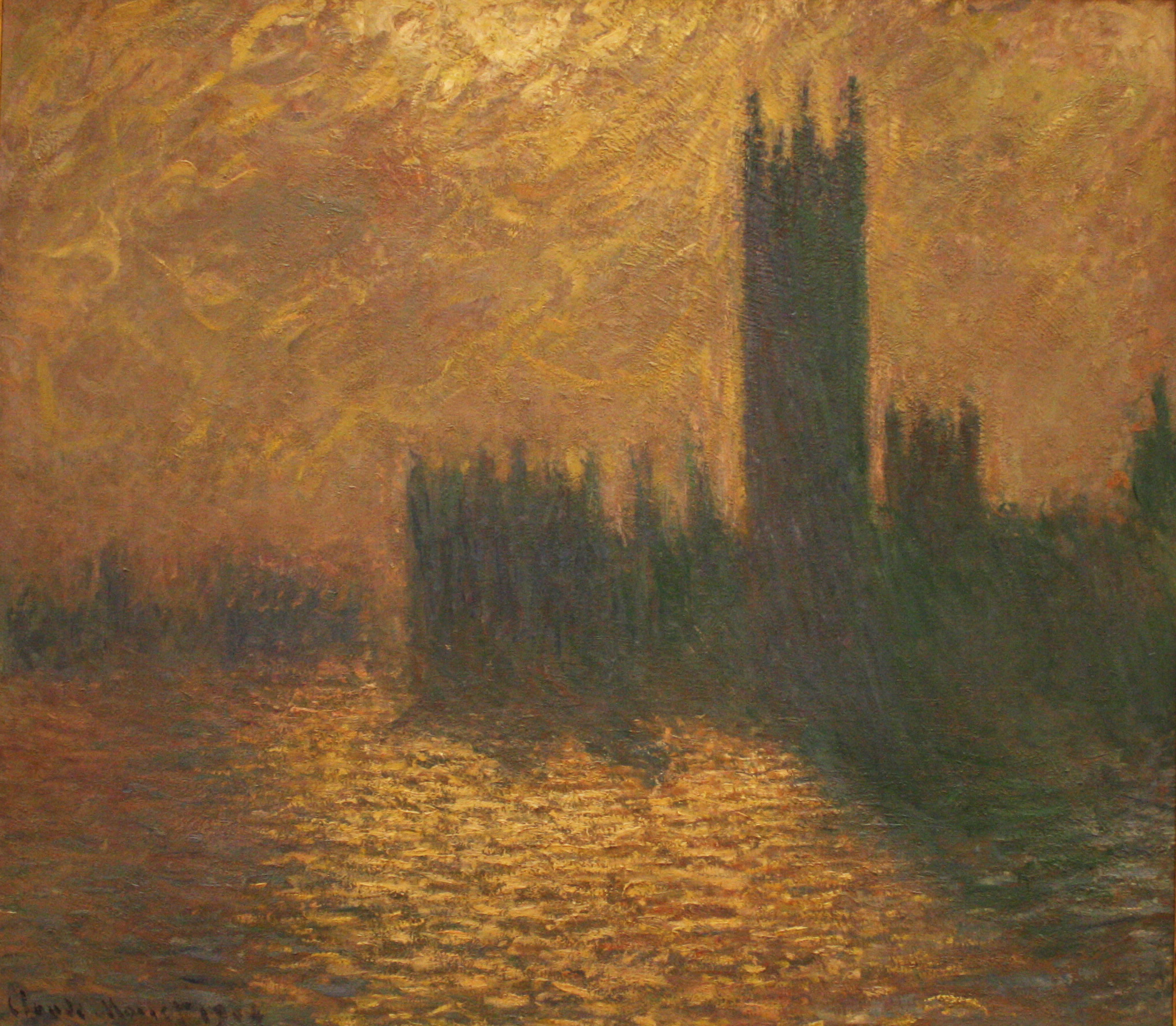I really enjoyed this Curbed Longform article by Jessica Furseth about the intrinsic color palettes of particular cities, and how they came to be:
Gold is the perfect color for a place so often covered in fog and rain, providing an uplifting sunny yellow that looks almost better when it’s wet. But this was never a conscious decision: The gold tones of London were an accident of nature. The yellowbrick is made from London clay, which is rich with minerals deposited by the river Thames on its journey to the sea. When fired, the bricks come out in a range of yellows, from whitish and ochre to brown and purple. London’s ever-present yellow is the result of a Georgian building boom that relied on local materials. All over the world, the colors of cities can be traced back to similarly unglamorous practicalities.
Apart from St. Pancras and King’s Cross stations, which Furseth mentions to illustrate her point, there’s this splash of gold that has defined London for so many generations:
Or as Claude Monet inverted the palette:

The article also accurately notes that New York has a lot of brown — and that its ubiquitous brownstones are colored by a type of stone that was found in abundance in the nearby quarries of upstate New York and New Jersey.
This fits with something else that I’ve been thinking about recently, which is how smaller cities in a particular region often have uncanny similarities in their colors and materials with the big metropolis. Not surprisingly, Albany’s urbanism closely resembles New York City’s (and Brooklyn’s), and even has similar hues, although it is more than a hundred miles away.
Similarly, a lot of smaller cities in eastern Pennsylvania and southern New Jersey look oddly like lost crumbs of Philadelphia, with their brick facades and pitched roof row houses with oddly varied widths.
The role of local materials in establishing the palette of a specific place — as well as building styles that may be influenced by the materials used — may have historically been an accident. But for a long time it has also been increasingly a choice. The availability of building materials from elsewhere is hardly a brand new phenomenon. The Romans transported marble, and other stones, and paints, throughout the Empire. And as Furseth points out in this piece, the Silk Road had made the colors of the Far East available to Indians, Middle Easterners, and Europeans long ago. But the widespread use of imported building materials for vernacular projects is a more recent phenomenon.
When employed artfully, imported materials can of course add richness and variety to the urban form. But in the wrong hands (of which there are many) they can more easily contribute to a sort of postmodern chaos borne of a jumble of discordant materials (and associated forms), driven by parsimony, and reflecting an almost complete lack of grounding, purpose, or continuity with the past.
In my own research, I have found that some of the worst effects of this trend are accruing to cities in developing countries where urbanization has happened rapidly, and in the context of the global economy; and also in the postwar development of America, where the bulk of construction has taken place in a wealthier version of the same context.
